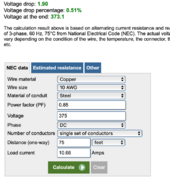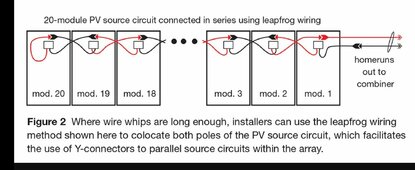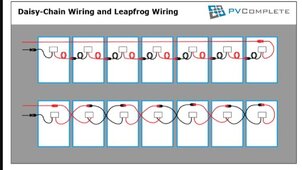This is my free advice:
We start with 2 rows of panels, 10 panels connected in series. At the last PV + and PV- connection in a series, you make a 10 awg cable using PV wire and place a male MC4 on one end leaving the other end bare stripped wire. Then make a second cable using 10 awg PV wire and install an MC4 female on one end and bare wire on the other end. So now you should have both series strings having a bare wire with a PV+ and PV -. Run these wires into a suitable enclosure box near the array. If outside, the box should be nema 3R. The PV wire does not have to be in conduit if only going a short distance to the connection box. Now, hopefully your connection box will accomodate a standard DIN rail. For each series string, you will need 2 DIN rail mounted solar fuse holders and 1 double pole 600 VDC breaker of 20 amp capacity. Put 25 amp fuses in the fuse holders.
Take the PV- and connect to one side of the first fuse holder. Take the output from the fuse holder and connect to the PV- pole of the breaker. Take the output of the PV- breaker and connect to a PV- buss bar. To the PV- buss bar you will connect the black wire of a Midnite Solar lightening arrestor, 600VDC rated. Now the PV- buss bar has the PV- from the breaker, the lightening arrestor and now connect a THHN or THWN type wire , 10 awg in conduit to the PV- of the inverter. Now for the PV+ wire, you will connect the PV+ wire together with the red wire coming from the lightening arrestor and then connect this to one side of the second solar fuse holder, again with a 25 amp fuse. Connect the output of the fuse to the PV+ input of the double pole breaker. Connect the output of the PV++ breaker side to the DC disconnect switch pole, 30 amp 600VDC rated. Run THNN OR THWN 10 awg in conduit from the disconnect switch to the PV+ of the inverter.
The metal panel from and any metal posts and struts should be grounded with bare copper number 8 or 6 awg in bonded lay in connectors. the ends of this ground wire loop should be connected to a ground buss bar in your DIN rail box. Then connect bare copper from this ground buss bar to a grounding rod at the array. Also connect the green ground wire of the lightening arrestor to this ground buss. And if DC disconnect switch is metal box, ground it too at ground buss. Optionally along with the PV+, PV- wires, you can include ground wire in conduit to inverter, and connect to a grounding rod nearby the inverter.
If the system is grid tied, you can separate the AC ground source from the DC ground source. Connect the AC ground source from the utility ground to the inverter ground bar and connect the neutral white from the utility to the inverter neutral buss bar. Ground the DC from array and batteries and battery cabinets and any other DC to a ground rod. This way you are keeping DC grounding separate from AC utility grounding.
You can just use ground rod at arrays and then a second, separate ground rod near inverter for batteries and metallic battery cabinets, as long as inverter is AC grounded.
If no grid tie, you will need to bond the neutral and ground in the inverter. the actual earth ground will be a DC ground to a ground rod at the inverter area. Ground all metallic cabinets and batteries, etc to this DC ground system. If using a generator with AC ground, remove the generator neutral ground bond.
If no AC ground, then you can keep the generator neutral and bond ground for safety.





